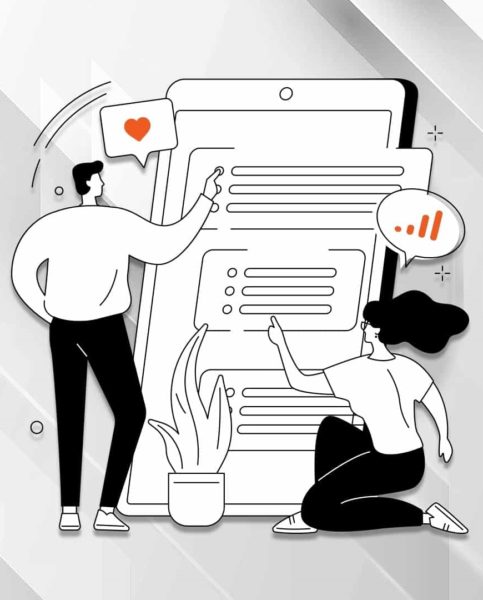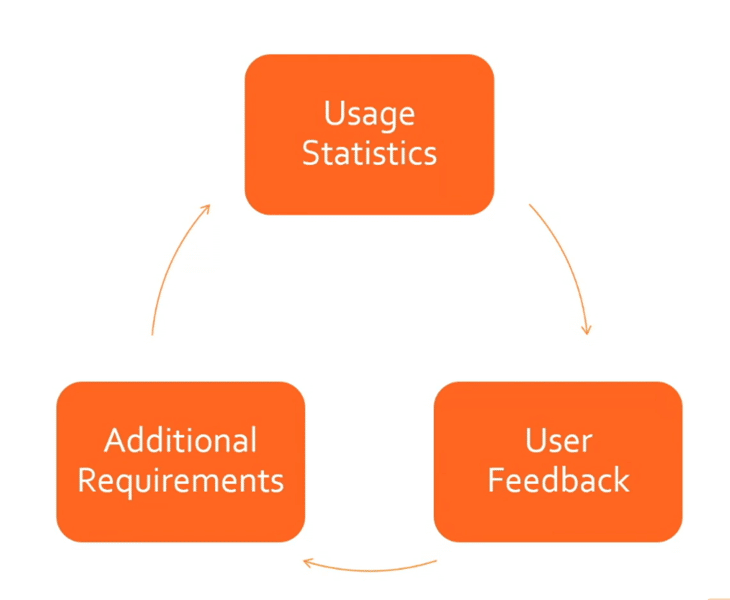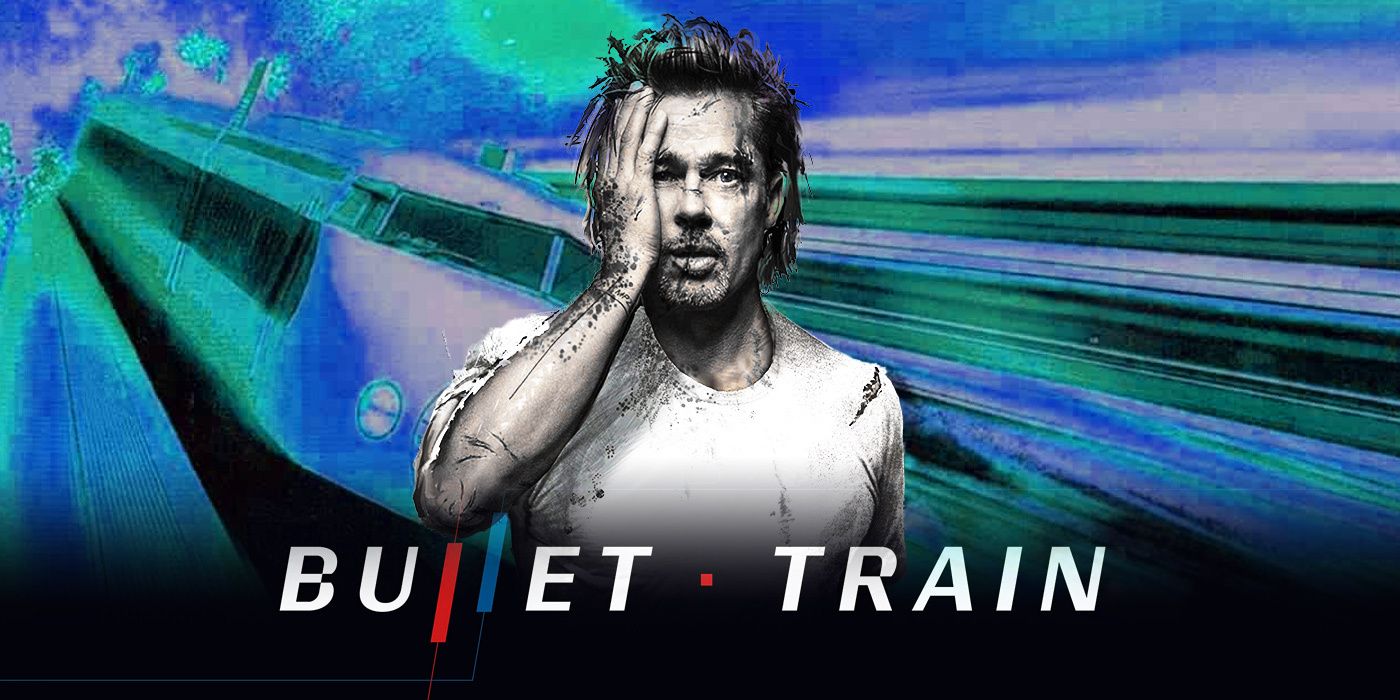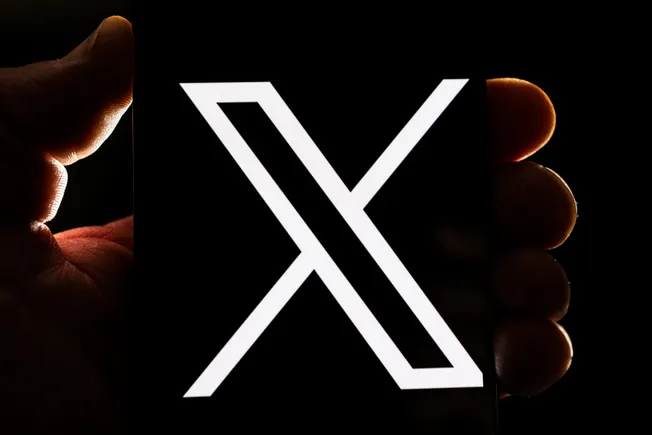Launching an enterprise-wide digital asset management (DAM) program is no easy thing. W.L. Gore and Associates, best known for its Gore-Tex fabric and products, found itself having to do just that. At The MarTech Conference, Rachel Edwards, the company’s Enterprise DAM librarian, walked us through how they did it. She also explained why the minimum viable product (MVP) strategy they chose was key to its successful launch. (There’s a video of her talk at the end of this article.)
The problem. Gore needed a DAM because its assets were all over the place. Shared drives, external hard drives, SharePoint sites, folders on individual PCs. There was no centralized repository of assets, no standardized process for finding assets and no content governance. Each division, and even in some cases, smaller subdivisions within those primary divisions, had their own way of doing things. There was no consistency. This was especially painful for users who worked across multiple divisions.
What is MVP? “It’s the version of a product that has just enough features to attract and be usable by early adopters,” said Edwards. “Those early adopters can then validate the product and provide feedback and ideas for future enhancements and development. Using the MVP approach to launch your DAM has many benefits, especially if your company has never had a DAM before.”
1: Find out the requirements
Edwards says don’t ask stakeholders what they want, ask what they need. The fact is they may not have any idea about what they want. “They may not have any context for framing the question if they just found out what a DAM is and have only a high level understanding of how it might benefit them in the long term,” she said.
When that’s the case, they often tend to err on the side of wanting everything they think a DAM system can possibly do, just in case, regardless of what they actually need the DAM to do in order to meet business requirements. “This can quickly lead you down the dangerous path of over-customization,” she said. “Over-customization can not only negatively affect your site performance, but it can significantly hinder your ability to upgrade and enhance your DAM further down the road.”

2: Separate the needs from the wants
Begin with filtering the requirements down to the needs versus the wants. The MVP is essentially the smallest unit of delivery that provides value to someone. And who is that someone? “Focus your energy in creating your DAM on pleasing the innovators and the early adopters of technology who will be your noisy minority and your pool of end users,” she said. “Please your noisy minority and let them gradually pull in the others with their enthusiasm for the success of the DAM. They’ll be your biggest cheerleaders and one of your biggest PR assets.”
The minimum for a DAM. At its core, a basic DAM is a repository to store assets that have metadata attached to them. That metadata allows you to find the assets through a search mechanism once they’re in the DAM, so you can get them back out when you need them for use. “If you have these three basic functions – upload, search and download – you have your starter DAM,” Edwards said. “You also have the option of installing the straight out of the box version of whatever DAM system you’ve purchased. See what the system can do right out of the gate without worrying about customizations.”
It took about six months to pick the right DAM vendor and platform. Much of that time was spent analyzing the overall business needs the DAM must meet. Because this was an enterprise-level effort, the solution had to be robust enough to accommodate the requirements of the company’s four diverse divisions: Fabric, Apparel, Medical and Performance Solutions.
Read next: 20 questions to ask digital asset management platform vendors during the demo
3: Define the stakeholders’ role
Next, the team determined who the stakeholders were in each division. It was essential that they understood their roles on the project and the time commitment involved. “We needed to make sure that they could and would remain fully engaged for the duration of the work,” Edwards said. “The participation of your stakeholders can significantly help or hurt the progress and timeline of your project. So set clear expectations right from the start. And don’t be afraid to remove or replace stakeholders who are not meeting your expectations.”
The focus of the kickoff meeting with the stakeholders was assessing the specific needs of each division. “We knew that our user base was not sophisticated when it came to using DAM systems, so we kept the conversation relatively high level,” she said. “We also used this as an opportunity to explain the MVP process and set expectations. We were very clear that the product they would receive on day one was not the final product.”

MVP wasn’t the only new thing being tried on this project. This was also the company’s first time using the agile methodology of breaking tasks up into multiple short phases and delivering work in frequent smaller increments. “The DAM project is now frequently commended as Gore’s first agile success,” Edwards said. “It ultimately encouraged other project teams at the company to adopt the agile style of working.”
Key to success: Clear communication right from the kickoff meeting was a major factor in that success. Edwards said it got the stakeholders thinking in terms of smaller deliverables. explaining that we would be delivering updated functionality faster but in smaller packages.
- TIP: Creating a communication plan is vital. Define how you’ll be informing stakeholders of both progress and blockers.
4: Determine which needs are enterprise-wide
Once you have the requirements, split them into two groups, those specific to one division and those which apply to all divisions.
The Gore team decided to do a phased rollout starting with the Medical division. There were two reasons for this. One was because Medical had the best grasp of where their assets were located and had already begun using some naming conventions for them. The other was that they had very specific legal and regulatory compliance requirements around their content that had to be accounted for right from the start. “We realized that if we accounted for the strictest rights management case right from the beginning,” said Edwards. “We could be confident moving forward that if it worked for Medical it would work for everyone else.” This determined the baseline asset management tool that the other divisions could use and build on later.
5: Prioritize time, money or output
Edward’s team set a 13 week time frame for building this first version of the DAM. They budgeted $25,000 a week for each week’s work. “Taking into consideration time, money and output, we knew that we couldn’t maximize all three,” Edwards said. So, having set the time and the budget, they then pared the output down to what they absolutely needed.

- TIP: Get advice from early adopters. “Out of our 10,000 employees, we had a noisy minority of 13 engaged early adopters in the Medical division, and we leaned on them for defining must haves versus nice to haves for the MVP.”
6: Meet with stakeholders during the build
Throughout these 13 weeks, the team met regularly with the stakeholders in order to continually adjust, recalibrate, and agree on changing priorities. That meant
- Daily stand-up meetings with the core project team and implementation partner.
- Weekly status meetings with stakeholders.
- Demos displaying progress and updates were held about every two weeks.
Because requirements, plans and results were reevaluated frequently, this allowed the team to respond to changes and blockers quickly.
Get the daily newsletter digital marketers rely on.
7: Start training as soon as you launch
Once they officially launched the MVP DAM, the team began end-user training. “In each of those sessions, we not only explained what exactly a DAM is for those who maybe hadn’t been exposed to one before, but we also stress the fact that this was the MVP version,” said Edwards.
8: Do everything you can to get user feedback
It was essential for users to understand that the DAM was a work in progress. Its functionality would continue to grow and expand overtime. The team also emphasized users would help determine this through their feedback. The team made it clear who users could reach out to with questions and suggestions and provided several methods for them to do so. They made it clear they wanted any and all feedback, big or small, good or bad.

9: Let it simmer
“Once your MVP DAM is live, have users live with it for a while and not just for a few weeks,” said Edwards. “It takes months for users to really dig in and for you to gather usage statistics that are giving you an accurate enough picture of how the DAM is being used to be useful. Have your users see how it fits into their work and how it fills their needs and then they can start thinking about how it could do those things better.”
Questions to ask users. As they’re using the DAM, check in with your users regularly. Your initial questions:
- What’s working?
- What’s not working?
- What features would you love to have that aren’t currently available?
10: Find out what users aren’t doing
A good DAM system will provide you with data about what your users are doing with it. That will also tell you what they’re not doing that they could be. Ask them about that.
- TIP: “When your users are being actively encouraged to provide feedback when they know that their feedback is being listened to, and that they’re a valuable piece in the improvement planning process, it really helps to drive user engagement and happy, engaged users can help bring in more happy, engaged users.”
11: Find out where else they’re getting assets
Your DAM is your central repository for all of your company’s assets. For it to be successful, it needs to be the single source of truth for all of your content. If your users aren’t getting their assets from the DAM, find out where they are getting them from. How can those other systems integrate with your DAM? Can the DAM replace those systems? If there was a system they were using as a pseudo-DAM before, turn it off. If turning it off isn’t possible, make sure all the assets that are now in the DAM have been removed from it.
“There are likely more places out there where users are obtaining assets than you realize,” said Edwards. “Keep asking the questions. The answers they give you today about how the DAM is or is not working for them may not be the answer they give you next week, next month, or even next year. At Gore I stay in regular contact with our stakeholders and we have monthly meetings with our super users.”
Get the daily newsletter digital marketers rely on.
12: Have business units do surveys
In the year following the MVP DAM’s launch, divisions sent quarterly surveys to their users, asking them what they liked and didn’t like about the DAM, when they used it and when they didn’t, but should have. That feedback was used to both enhance the DAM’s functionality and to assist the divisions with streamlining and improving their content and metadata. “We have an analytics dashboard that enables us to measure asset usage and effectiveness so we can continually improve the asset production process,” said Edwards. “We can see what’s working and get rid of what isn’t.”
Information your system’s dashboard should provide:
- How are each business units’ users searching?
- Are they just using the free text search box, only the search filters provided for them, or a combination of both to find their assets? “If they’re not utilizing the search filters, we can discuss how we might be able to improve them.”
- Downloads by asset type and a list of the most frequently downloaded assets in each unit.
- Search terms that were entered by users that returned 0 results. This helps determine if metadata needs adjusting, or if there are new assets could be created to meet users’ needs.
A DAM isn’t a set-it-and-forget-it system. New users will bring new questions and new needs. Your work is never done. Keep your eyes on your metrics and remain actively engaged with your users to make sure that your DAM remains successful as that single source of truth for all of your companies assets today, tomorrow and beyond.
“The DAM program is ongoing and sustained,” said Edwards. “There’s always something you can do to improve the way people work. What content they need and how they obtain that content is always evolving.”
























































![Social Media Spring Cleaning [Infographic] Social Media Spring Cleaning [Infographic]](https://imgproxy.divecdn.com/9e7sW3TubFHM00yvXe5zvvbhAVriJiGqS8xmVFLPC6s/g:ce/rs:fit:770:435/Z3M6Ly9kaXZlc2l0ZS1zdG9yYWdlL2RpdmVpbWFnZS9zb2NpYWxfc3ByaW5nX2NsZWFuaW5nMi5wbmc=.webp)
![5 Ways to Improve Your LinkedIn Marketing Efforts in 2025 [Infographic] 5 Ways to Improve Your LinkedIn Marketing Efforts in 2025 [Infographic]](https://imgproxy.divecdn.com/Hv-m77iIkXSAtB3IEwA3XAuouMwkZApIeDGDnLy5Yhs/g:ce/rs:fit:770:435/Z3M6Ly9kaXZlc2l0ZS1zdG9yYWdlL2RpdmVpbWFnZS9saW5rZWRpbl9zdHJhdGVneV9pbmZvMi5wbmc=.webp)















